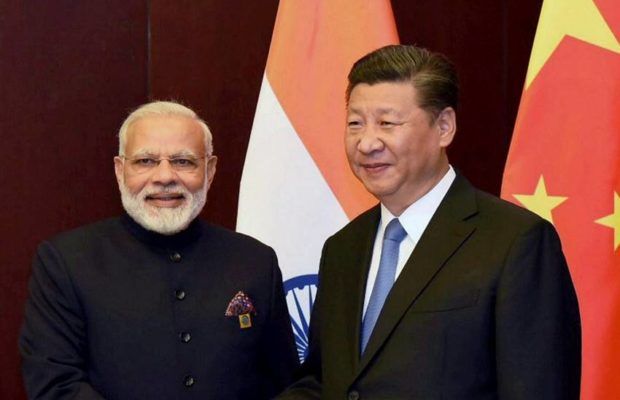Chinese Trade Shrinks Amid Weak Western Demand

China’s trade contracted once again in the first two months of 2023, as demand from the U.S. and Europe weakened due to rising interest rates, adding challenges for China’s efforts to stimulate economic growth after zero-COVID policy, the Washington Post reported based on customs data released on Tuesday.
The data showed that exports dropped by 6.8 percent to $506.3 billion compared to the same period last year, an improvement from December’s decline of 10.1 percent. While imports fell by 10.2 percent to $389.4 billion, deepening December’s contraction of 7.3 percent.
According to the Washington Post, after China’s economy sank by 3 percent last year, the trade surplus in the first two months of 2023 reached $116.9 billion, up 0.8 percent compared to the same period last year.
Experts had predicted a weakening of China's trade as Western economies were likely to enter a recession due to the measures taken by the Federal Reserve and European Central Bank to cool economic activity and manage inflation levels.
In an effort to revive the economy after the pandemic, Beijing announced a growth target of "around five percent" for this year, as CCP aims to boost domestic consumer demand and reduce reliance on exports and investments after strict anti-virus restrictions.
Being a crucial market and the largest export customer for its Asian neighbors, increased demand from China would provide a much-needed boost for global suppliers amid weakening sales in the U.S., Europe, and Japan, the Post reported.
According to customs data, China's exports to the United States plummeted by 21.8 percent to $71.6 billion from a year earlier due and imports of American goods fell five percent to $30.3 billion.
Meanwhile, China ramped up oil and gas imports from Russia, taking advantage of low prices after Western countries had imposed price caps and sanctions against Kremlin.



